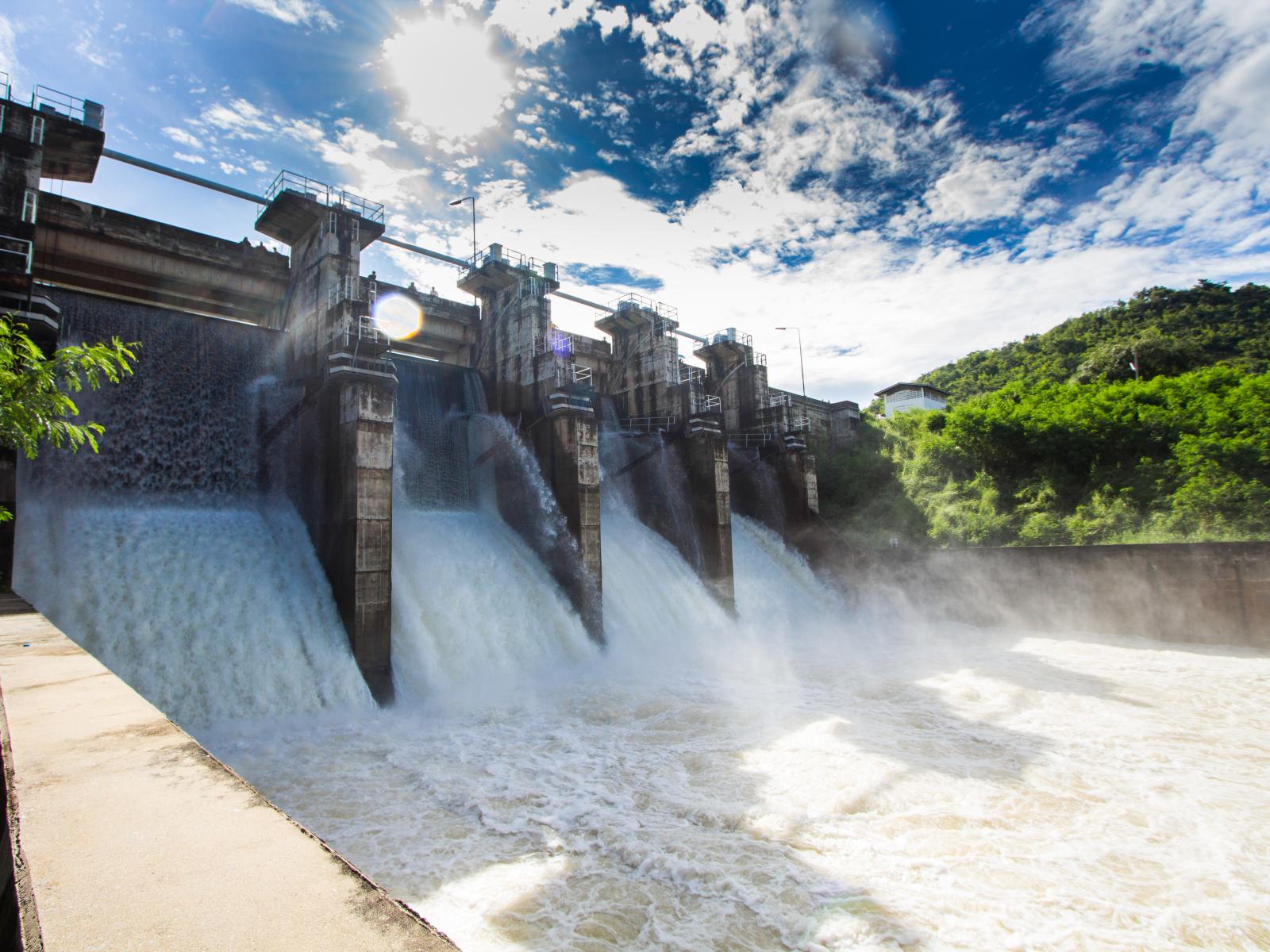A Search for Sustainable Hydropower
New user-friendly website improves access to information, could help streamline environmental review and licensing process

A team of researchers at PNNL has created a publicly available Hydropower eLibrary to improve access to information that could help streamline the FERC environmental review and licensing process.
(Image by Krisana Sennok | iStock.com)
A new, free website could make the licensing and relicensing process for sustainable hydropower faster and more efficient. Developed by a team of researchers at Pacific Northwest National Laboratory (PNNL), the website quickly presents users with necessary documents from specific hydropower projects. With this information, developers, resource agencies, researchers, and regulators can better understand and learn from experience as they relicense existing projects and plan and implement future projects.
Development of the tool began three years ago when the Department of Energy’s Water Power Technologies Office (WPTO) teamed up with PNNL researchers Bo Saulsbury, Shawn Hampton, Scott Dowson, and James Bradford to simplify retrieving hydropower documents from the Federal Energy Regulatory Commission (FERC) eLibrary. The FERC eLibrary houses millions of documents on energy industries, including electric transmission, oil, natural gas, and hydropower, but WPTO asked the PNNL team to focus on the hydropower documents in eLibrary given the office’s focus on advancing hydropower technologies.
Additionally, eLibrary users needed a better way to sort documents, such as licenses, applications, and environmental assessments and impact statements, from memos, notes, and public comments attached to each project. Hydropower licenses typically last from 30 – 50 years, so the amount of information from conception to present day on even a single project can become overwhelming.
“Our users wanted a way to identify key documents and sort them so they can be read all together to get a full picture of the lifetime of one project, or to compare between projects to find commonalities,” said James Bradford, who is a user experience designer and principal investigator.
Bradford and Saulsbury worked closely with hydropower stakeholders to identify their needs and incorporate them into the specialized Hydropower eLibrary that imports data from FERC’s eLibrary on a daily basis. From Hydropower eLibrary, users can find and sort relevant information by project, document type, or location through an interactive dam map.
“The overall ‘big picture’ objective is to catalyze the development of sustainable hydropower in the United States through improved access to information for all stakeholders,” said Saulsbury. “Being able to interactively navigate and explore these documents will make it easier for users to access information within FERC’s existing eLibrary system without altering the system itself.”
Funding for the project came from WPTO and a pilot of the eLibrary received feedback from staff at WPTO, FERC, U.S. Fish and Wildlife Service, Bureau of Reclamation, National Renewable Energy Laboratory, Argonne National Laboratory, the Low Impact Hydropower Institute, the Electric Power Research Institute, American Rivers, American Whitewater, and the Hydropower Reform Coalition.
Bradford will present a demonstration of the Hydropower eLibrary at the National Hydropower Association’s Clean Currents conference in October 2023. Try it now at HydropowereLibrary.pnnl.gov.
Published: October 6, 2023